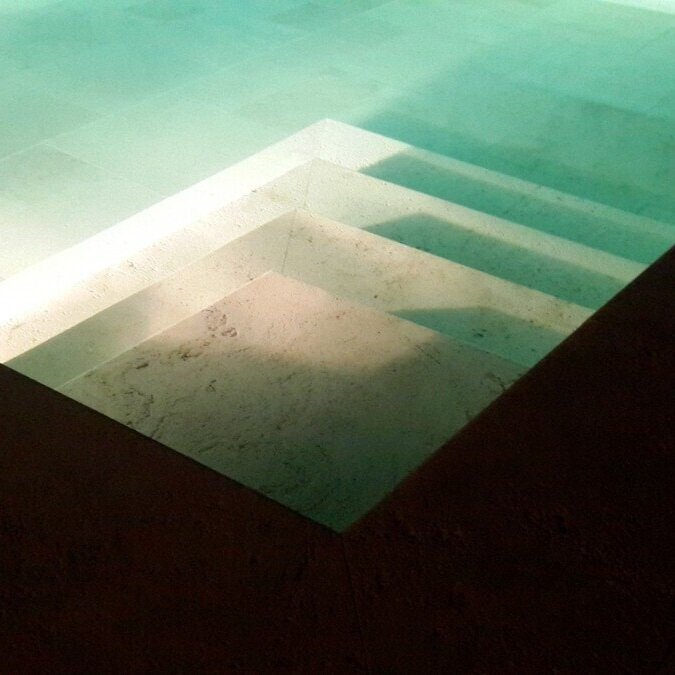Common Causes of a Green Pool
A swimming pool should be full of clean, transparent water. However, it is quite common for various factors to turn pool water green. It's dirty and looks nasty, but luckily, the causes and solutions to green pool water are well known. In this article, we'll explain why the problem occurs and the best ways to remedy it.
A well-made swimming pool usually has systems in place that will keep the water clean of contaminants. If the water turns green, the discoloration mainly occurs due to four factors. Here's a list of the possible culprits, with explanations of the primary cause:
Algae
Algae is widespread and get carried into the pool by the wind. They are impossible to eliminate, but the filters and chemicals added to the water can keep them at bay. If algae is the reason behind your swimming pool water turning green, it means that some part of the system has stopped working.
It's easy to visually determine if the pool is overrun by algae: at first, the water will turn a mild green hue. Quickly after that, the color will become darker, and the water will seem cloudy. Finally, more green algae colonies will appear outside of the water – on the pool walls beneath the waterline or the steps.
The most common cause of algae-infested pool water is a lack of chlorine, which is usually added to the pool water to remove microorganisms, algae, and fungi.
Another cause might be a clogged or dirty water filter. Filters strain debris and even microorganisms from the water, so a suboptimal filtration system will give the algae a chance to spread in a matter of days.
Finally, the weather might be working against you. Algae thrive in warm, humid environments, and the weather in the region may suit them so much that even chlorine and filtration won't do the job to stop them from spreading. However, there are algae removers at hand to combat the problem in these conditions.
Bacteria
Another infestation that might appear to look like algae is bacteria, which can also make your pool water appear green. Since this is a very versatile group of organisms, different pools will have different types of bacteria.
Once bacteria start to reproduce, the water will turn more and more green, similar to algae.
These microbes will spread in water with an unbalanced pH level – a higher pH level will allow bacteria to flourish. pH can be controlled by adding liquid chlorine or salt to the water.
Pollen
Less of a health concern but more problematic to remove from the pool, pollen might leave the same visual impression as algae. It's produced by plants and carried by the wind, so, much like algae, there's no sure way to stop it from getting into the water.
Once a large amount of pollen accumulates in the pool, it will give the water a green or yellow color – both of which can be mistaken for algae. Pollen is too small to be filtered out, so the only way to remove it is manually. Fortunately, algae are entirely harmless.
Metals
When dissolved metals pollute the water, it'll turn the water green but not cloudy. Metals may appear from the water source, subpar algaecides, or very low pH level of the water.
A homeowner or pool cleaning service can raise the pH level by adding chlorine tablets, while metal sequestrants can remove the metals. Even if the pool is cleared, you should make sure to find and clean the metal source to ensure the contamination doesn't happen again.
Dog Days Pool Service is a pool service company serving Clearwater, Safety Harbor, and all surrounding areas. We offer a wide range of pool services and pool repairs. Our team would love to hear from you! (727) 791-6012.

